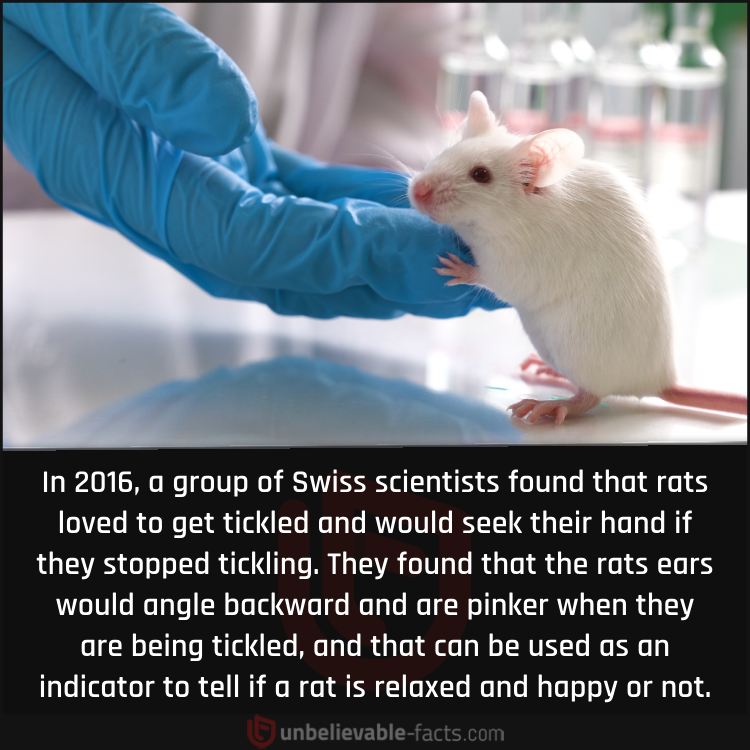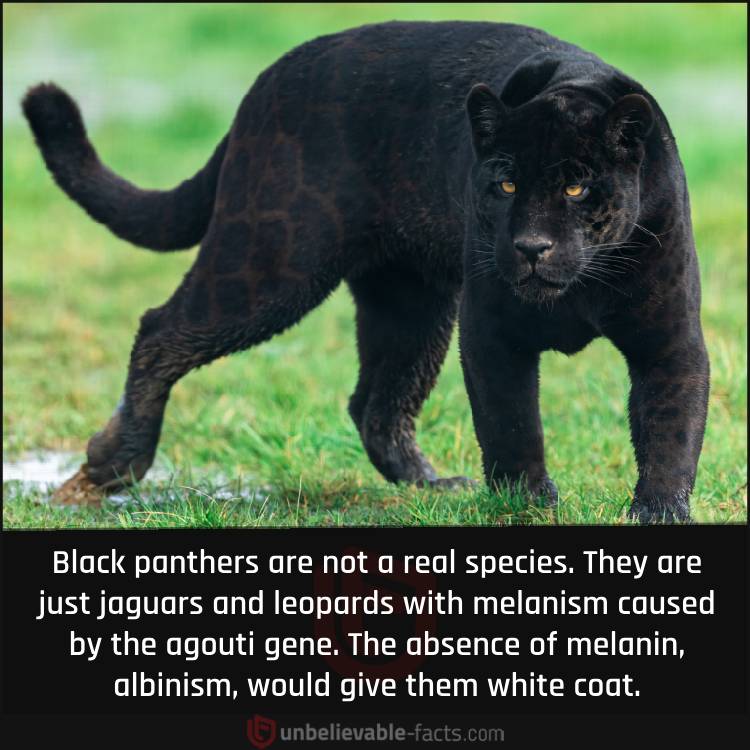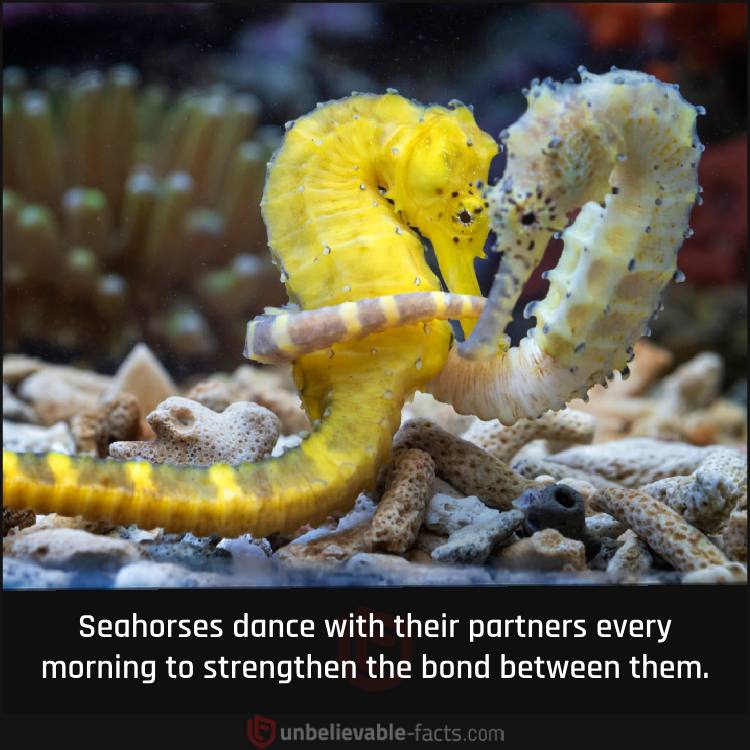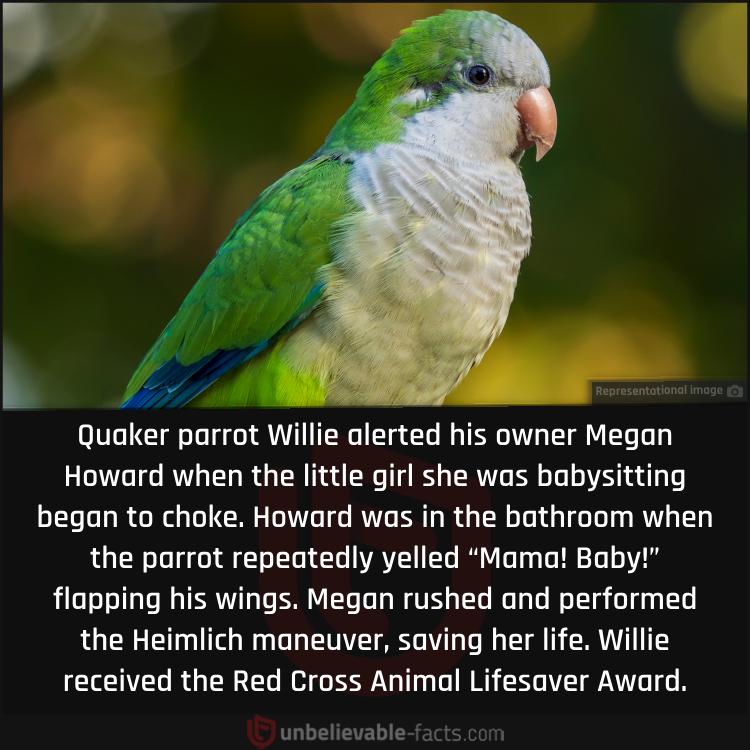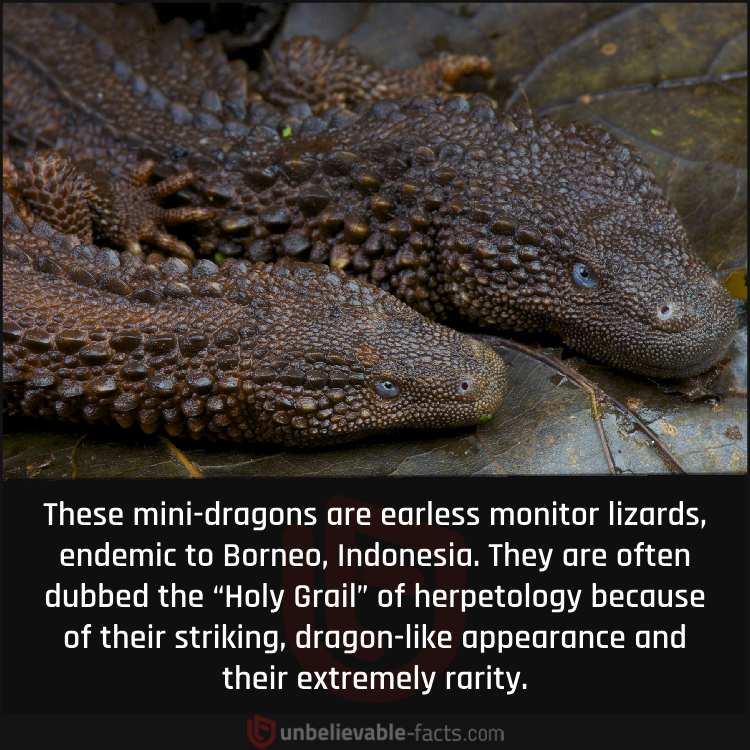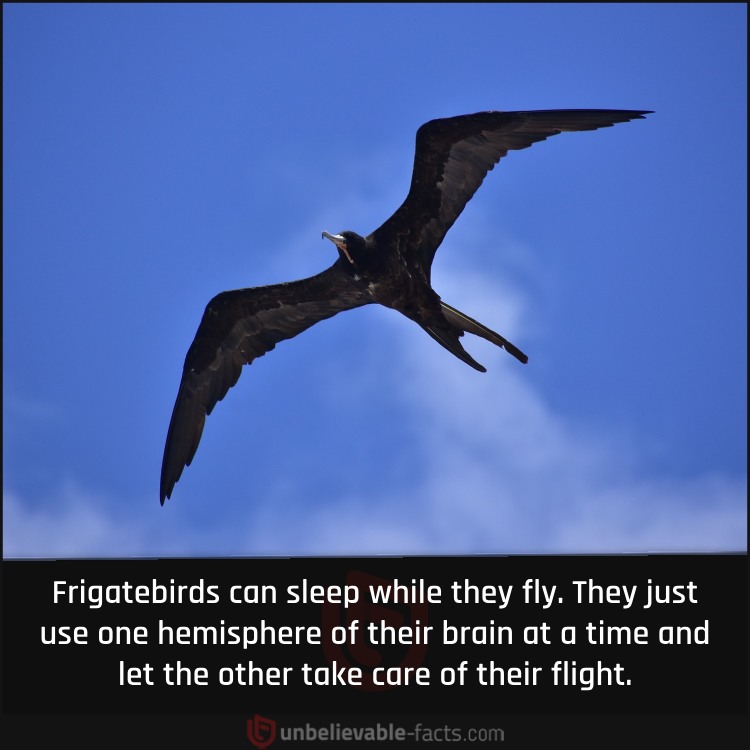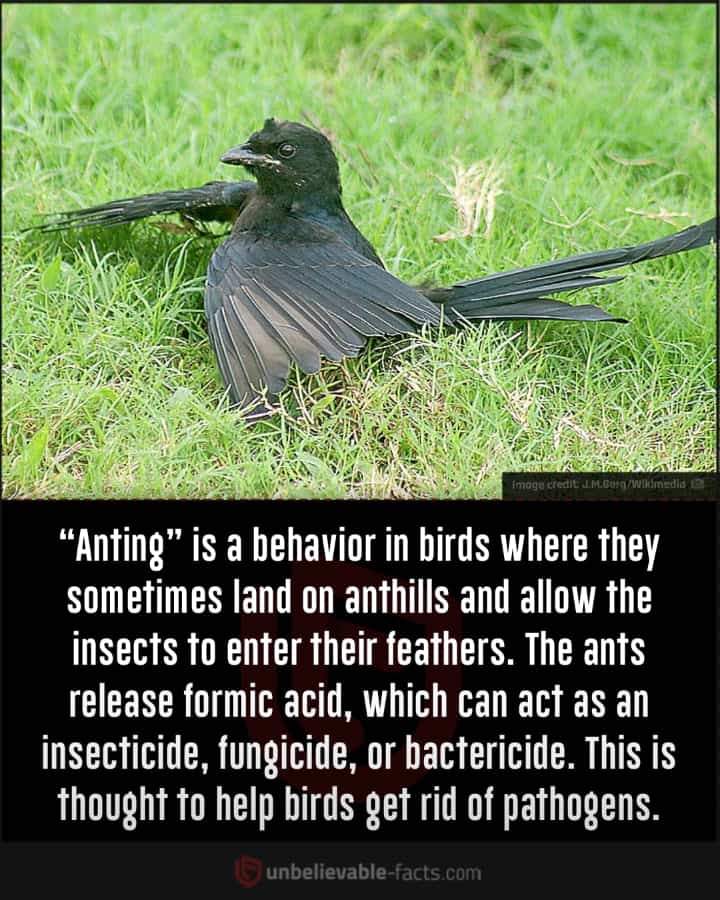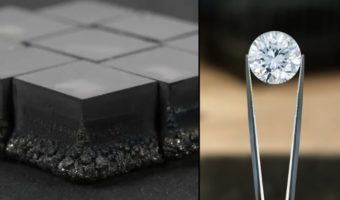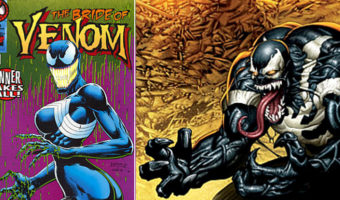100 Weird Animal Facts That’ll Leave You Amazed
Table of Contents
50/100
Rats Love Getting Tickled
In 2016, a group of Swiss scientists found that rats loved to get tickled and would seek their hand if they stopped tickling. They found that the rats ears would angle backward and are pinker when they are being tickled, and that can be used as an indicator to tell if a rat is relaxed and happy or not.
49/100
Black Panthers Are Not Species
Black panthers are not a real species. They are just jaguars and leopards with melanism caused by the agouti gene. The absence of melanin, albinism, would give them white coat.
48/100
Seahorses’ Mating Ritual
Seahorses dance with their partners every morning to strengthen the bond between them.
47/100
African Wild Dogs Have an Age-based Food Sharing System
African wild dogs have a unique age-based food sharing system where the youngest dogs are given immediate access to prey, and the older ones have to wait before they can eat.
46/100
The Parrot that Saved a Toddler
Quaker parrot Willie alerted his owner Megan Howard when the little girl she was babysitting began to choke. Howard was in the bathroom when the parrot repeatedly yelled “Mama! Baby!” flapping his wings. Megan rushed and performed the Heimlich maneuver, saving her life. Willie received the Red Cross Animal Lifesaver Award.
45/100
Mini-Dragons of Borneo
These mini-dragons are earless monitor lizards, endemic to Borneo, Indonesia. They are often dubbed the “Holy Grail” of herpetology because of their striking, dragon-like appearance and their extremely rarity.
44/100
Pandas Fake Pregnancies
Pandas are known to fake pregnancies so that they can receive more food and round-the-clock care from humans.
43/100
Baby Elephants Drinking Water
This is how baby elephants drink water! They don’t know how to siphon water with their trunks until they’re about one year old.
42/100
Frigatebirds Can Sleep During Flight
Frigatebirds can sleep while they fly. They just use one hemisphere of their brain at a time and let the other take care of their flight.
41/100
What Is “Anting” in Birds?
“Anting” is a behavior in birds where they sometimes land on anthills and allow the insects to enter their feathers. The ants release formic acid, which can act as an insecticide, fungicide, or bactericide. This is thought to help birds get rid of pathogens.















